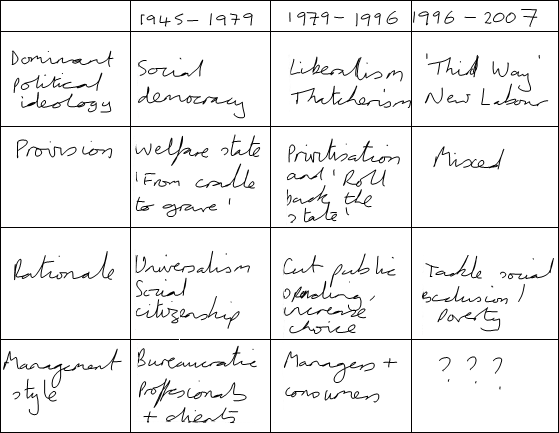How to Take Effective Notes
- Jo Szoke
- Jan 21, 2020
- 3 min read
Updated: Apr 5, 2020
Note taking is something we are all expected to do well but no one actually trained us to do it well. At least, that's my personal experience. We mostly learn it through trial and error, judging its effectiveness based on the test scores we get. But what if you could get some training before failing several tests to find out the best way the hard way? Read on and find out about the most effective methods and practice your skills as well.

So what do you think? How satisfied are you with your note taking system?
I don't take notes at all - I just rely on what I can remember!
I'm useless at taking notes, I write stuff down on loose pieces of paper, then lose all of them.
I'm trying so hard to write everything down! But then I get home, and can't use any of it...
I think I'm pretty good, I can filter out what's more and less important, still, when I get home, I can't make anything out my handwriting.
I'm a pro! I use colors, images, charts, highlighting, different font sizes, everything!
Don't worry if you don't feel like a pro YET! Plus, we all do it differently as it fits our needs. You need to choose the methods that work for you and not the ones that work for others. Even though the idea of having different learning styles is a bit outdated, you can still have a preference over one or another style. Let's take a look at them.
Note-taking styles
This website gives an amazing breakdown of all the pros and cons of each style, so I'm not going to repeat what they say. But basically, there are traditional, organised and creative methods. Can you decide based on the images which is which?
The neater and more creative notes you want, the more time you need to invest obviously, and not everybody is keen (or should be keen) on doing that. Choose the style that fits your thinking speed and personality.
The Cornell style is another one that is often suggested by universities and colleges. It basically divides the page into 3 sections and thus makes you process the information three times at least. It is believed that if you use this method, you won't have to spend too much time preparing for the exam. The biggest part of the page is for the actual notes that you take during class. The cue section on the side is for recording main ideas and highlighting problematic areas after class. The summary section at the bottom is for the biggest main points and maybe extra questions to think about.

Note taking strategies
The most important things to keep in mind are:
Use abbreviations, shorthand and symbols.
Use different fonts, colours. Highlight, underline, circle important bits.
Filter information - don't write everything down, only focus on what's necessary.
Follow the clues and signposts. Listen out for phrases that help you orient yourself - is this a new point, a new section, or a subsection?
Write legibly! This cannot be emphasised enough.
Use apps and tools to help. Online note taking apps can help you stay organised, lists of abbreviations can help you learn them. Take a look at my collection here!
Practice opportunity
Do you want to practice? Here are some articles for you in different subjects. Read it, take notes of it and send it to me (shortandsimpleenglish@gmail.com) to give you personalised feedback on how well you did and what you need to improve.
Or pick any video from Khan Academy to practice taking notes of lectures
And behold the downloadable and printable infographic!
(click here to download the pdf version)

And if you'd like to keep reading similar posts, consider donating,
thank you! :)
Image sources:












